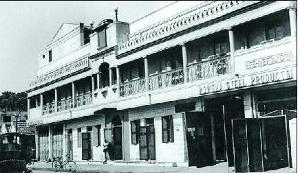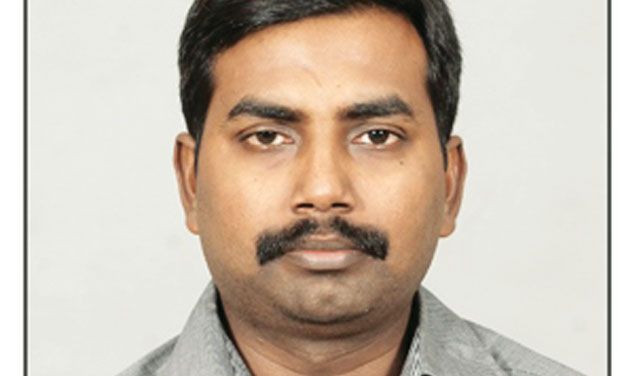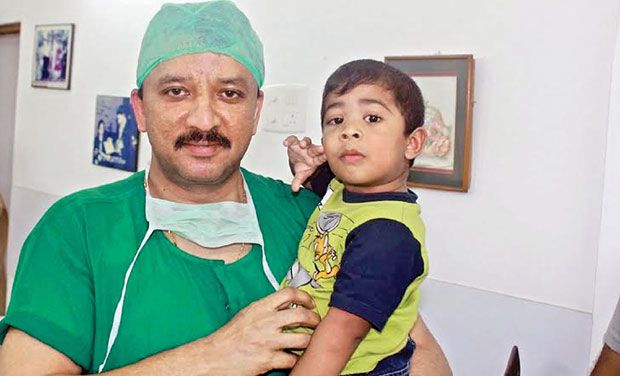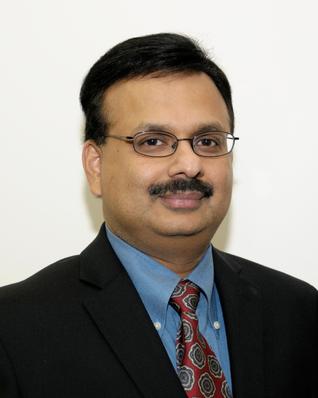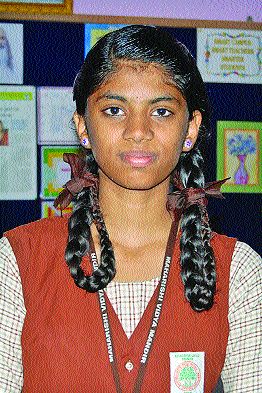Vellore :
The century-old engineering workshop of Southern Railway at Arakkonam, which played a crucial role in building the country’s first sea bridge (Pamban Railway Bridge), is on the verge of closure due to shortage of manpower.
Established in 1905, the workshop played a vital role in the construction of major railway bridges, including the railway bridges in Kerala, Karnataka and Andhra Pradesh, which come under the Southern Railway.
Among the workshop’s main products are welded type girders, riveted type girders, steel channel sleepers, dip lorry, push trolley, points and crossings assemblies, passenger platform shelters and foot over-bridges. Ten years ago, around 4,000 employees worked at various units of the workshop. Today, the workforce has reduced to less than 800. About 80 per cent retired over the years.
Sources said officials surrendered the vacant posts without filling them. One year ago, 30 were recruited through Railway Recruitment Board. But every year, at least 100 persons were retiring from service. “If this situation continues, the workforce will be reduced tremendously to less than 300 in the next three to four years,” an employee, who is also nearing retirement, said. In the next six to seven years, only 50 employees will be left, he added.
Employees said vacant posts were not filled intentionally in a bid to shut down the workshop. The workshop has been manufacturing components to build bridges, tracks, signals, crossings, switches, trolley, inter-loading wagons, moulding and casting of wheels.
Employees said the foundry shop of the workshop had already been closed and many other units were likely to be closed in the near future. The source said there were many employees in group-C category that comprises supervisors, while group-D category had fewer employees. Some employees, who were part of the labour unions, were not working properly, said a Railway staff.
source: http://www.newindianexpress.com / The New Indian Express / Home> States> Tamil Nadu / by J. Shanmugha Sundaram / September 27th, 2014
